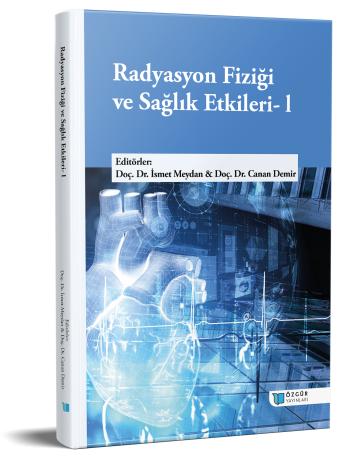
Radyolojik ve Nükleer Maruziyetlerde Tıbbi Müdahale
Şu kitabın bölümü:
Meydan,
İ.
&
Demir,
C.
(eds.)
2024.
Radyasyon Fiziği ve Sağlık Etkileri- l.
Özet
Radyasyon kazası, iyonize radyasyonla yapılan bir uygulama sırasında meydana gelen ve halkın ya da çevrenin beklenmedik ışınlanması ile karakterize olan olaydır. Radyolojik ve nükleer olaylarda, etkilenen kişi sayısı, olayın niteliğine göre değişkenlik gösterebilir. Vücudun lokal bir bölgesinin ya da tamamının yüksek doz radyasyona maruz kalmasına bağlı olarak deri, hematopoietik sistem, sindirim sistemi ve serebrovasküler sistemin etkilenmesi ile karakterize Akut Radyasyon Sendromu denilen radyasyon hastalığı meydana gelir. Ayrıca yüksek doz radyasyona maruz kalmanın, tiroid bozuklukları ve kanseri, lösemiler ve diğer solid kanserler, infertilite, kardiyovasküler hastalık riskinde artış gibi uzun vadeli sonuçları da vardır. Akut radyasyon maruziyetinde müdahale planlanmasında triyaj önemlidir. Triyaj, radyasyon maruziyetinden sonra hasta veya yaralıların tıbbi yardım önceliğine göre sınıflandırılması ve ileri tıbbi bakım sağlanacak sağlık merkezlerine nakledilmesidir.
Radyolojik ve nükleer maruziyetler toplum için her zaman büyük bir risk kaynağı olduğundan ilgili sivil toplum kuruluşları ve sağlık sektörü çalışanları her zaman hazırlıklı olmalıdır. Yüksek doz radyasyon maruziyeti ile başa çıkmak, politika kararları, hekimlerin, müdahale ekibinin ve halkın eğitimi, önleme ve tıbbi yaklaşım planları çeşitli stratejiler gerektirir. En önemli strateji önlemedir.

